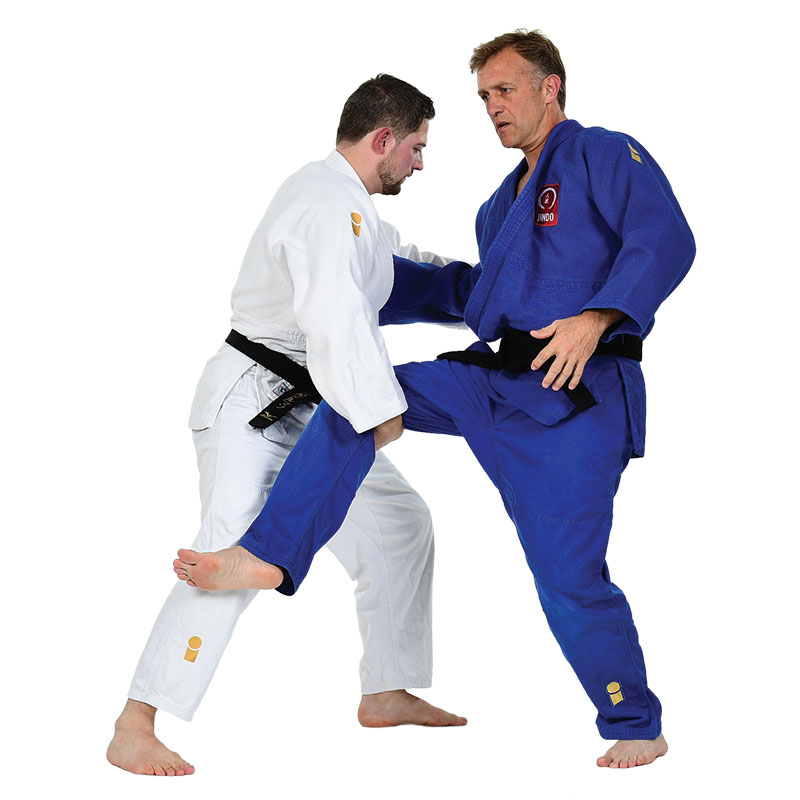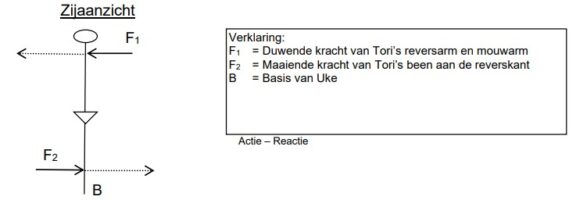Kuchiki-taoshi 朽木倒
One-Handed Leg Takedown / “Single Leg Takedown”
Classification: Te-waza (Hand Technique)
Japanese meaning: Kuchiki = decayed or rotten tree, Taoshi = to topple or bring down
The name metaphorically suggests felling a tree with a single clean motion.
Technical Description
Kuchiki-taoshi is a direct leg grab technique. Tori swiftly reaches for uke’s lead leg—typically the right—either from the inside using the right hand or from the outside with the left. Once control is secured just above or behind the knee, tori lifts the leg while simultaneously applying forward pressure against uke’s upper body. This dual force causes uke to lose balance and fall backward.
This technique is no longer permitted under IJF sport judo rules due to the ban on direct leg attacks introduced in 2010, but it remains a vital and effective technique in kata, self-defence, traditional judo, and grappling cross-training.

Biomechanics of Kuchiki-taoshi
This is a couple of forces (torque) technique:
-
F1: Tori pushes or pulls the upper body of uke (via lapel or sleeve grip) in one direction.
-
F2: Simultaneously, the other hand lifts or pulls the leg toward tori.
-
These opposing forces disrupt uke’s base, creating a rotational imbalance and resulting in a backward fall.
-
No fulcrum is required; the body is thrown through opposing forces without pivot.

Did You Know?
-
Kuchiki-taoshi was a commonly used entry into groundwork (ne-waza), allowing tori to pass directly into pins such as yoko-shiho-gatame.
-
The technique was heavily used in early competition judo, especially by shorter or explosive judoka who excelled at level changes.
-
Though currently banned in competition, the technique remains legal in kata, particularly Kodokan Goshin Jutsu and various self-defence forms.
-
Its use is similar to the wrestling single-leg takedown, making it a valuable cross-training technique.